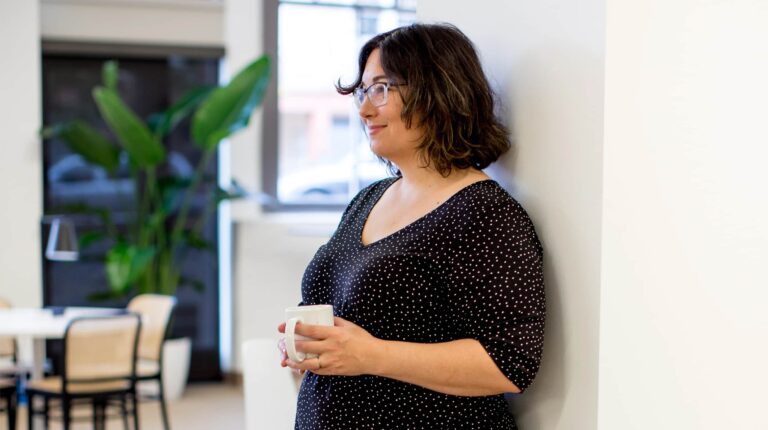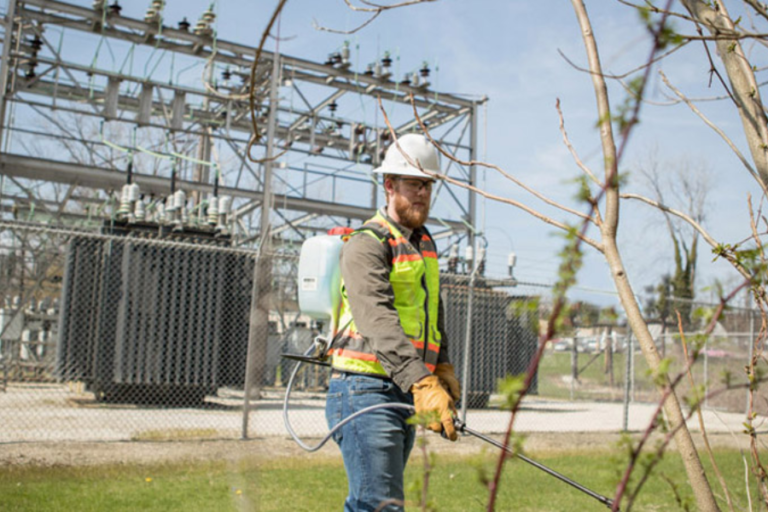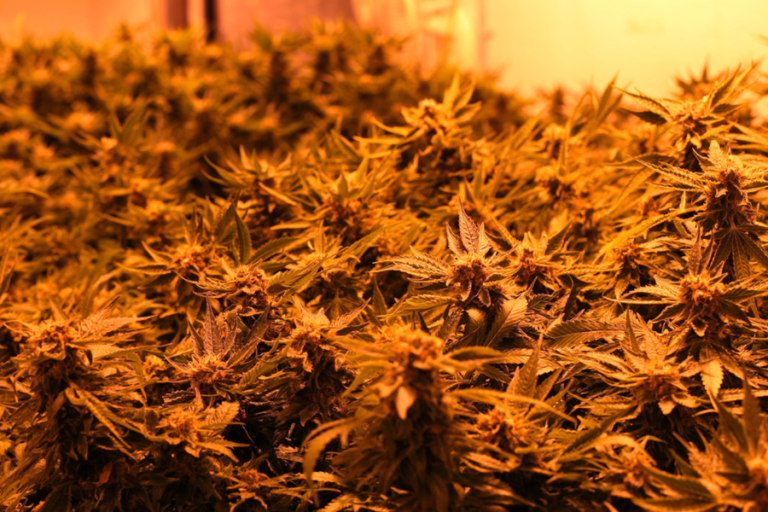Creating a Flexible Learning Environment: Strategies for Student Success
In today’s fast-paced and ever-evolving educational landscape, flexibility has become essential for fostering student success. A flexible learning environment empowers students to take charge of their education, adapt to diverse learning styles, and engage more deeply with the material. By creating a space that accommodates varying needs and preferences, educators can enhance engagement, collaboration, and ultimately, academic achievement. Here are some effective strategies for cultivating a flexible learning environment.
1. Understand Student Needs and Learning Styles
Before implementing changes to the learning environment, it’s crucial to understand the diverse needs and learning styles of students. Each learner comes with unique strengths, weaknesses, and preferences. Some may thrive in collaborative settings, while others excel in solitary work.
Conducting surveys or assessments can provide valuable insights into students’ preferences. Consider incorporating varied teaching methods—such as visual, auditory, and kinesthetic approaches—to cater to different learning styles. This understanding forms the foundation for creating an inclusive and adaptive environment.
2. Design Flexible Physical Spaces
The physical layout of the classroom significantly impacts student engagement and learning. A traditional, static classroom may not serve the needs of all learners. Instead, design flexible spaces that can be easily reconfigured based on activities and group sizes.
- Modular Furniture: Use movable desks and chairs that can be arranged for group work, individual study, or whole-class instruction.
- Quiet Zones: Create areas for quiet reflection or focused work, allowing students to step away from the main activities when needed.
- Technology Integration: Incorporate technology, such as interactive whiteboards, tablets, and charging stations, to support various learning modalities and enable students to access resources more efficiently.
3. Foster Collaboration and Peer Learning
Collaboration is a cornerstone of a flexible learning environment. Encourage students to work together on projects, share ideas, and support each other’s learning. Here are some strategies to promote collaboration:
- Group Projects: Design assignments that require students to collaborate, fostering teamwork and communication skills.
- Peer Teaching: Implement a peer teaching system where students can explain concepts to each other. This approach not only reinforces their understanding but also enhances social skills.
- Discussion Circles: Create a space for group discussions, allowing students to share perspectives and learn from one another. Use open-ended questions to stimulate conversation and critical thinking.
4. Encourage Student Choice and Autonomy
One of the most effective ways to create a flexible learning environment is by giving students a voice in their learning. When students have choices, they become more invested in their education. Consider the following approaches:
- Choice Boards: Develop a menu of assignment options that cater to different interests and learning styles. This allows students to select tasks they are passionate about, promoting intrinsic motivation.
- Flexible Assessment Methods: Allow students to demonstrate their understanding in various ways, such as through presentations, projects, or written reflections. This flexibility accommodates different strengths and preferences.
- Self-Paced Learning: Implement self-paced modules or stations, enabling students to progress through material at their speed. This approach allows them to spend more time on challenging topics and move quickly through concepts they grasp easily.
5. Leverage Technology
Technology plays a vital role in creating a flexible learning environment. Utilize digital tools and platforms that facilitate personalized learning experiences:
- Learning Management Systems (LMS): Use platforms like Google Classroom or Canvas to organize resources, assignments, and assessments. An LMS can provide students with the flexibility to access materials anytime, anywhere.
- Online Collaboration Tools: Encourage the use of collaborative tools such as Google Docs, Padlet, or Trello to facilitate teamwork and communication, even when students are not in the same physical space.
- Multimedia Resources: Incorporate videos, podcasts, and interactive simulations into your lessons to cater to different learning preferences and make content more engaging.
6. Promote a Growth Mindset
Fostering a growth mindset among students is essential for a successful flexible learning environment. Encourage students to view challenges as opportunities for growth rather than obstacles. Here are some strategies:
- Celebrate Effort: Acknowledge hard work and perseverance, not just the final outcomes. This encourages students to embrace challenges and view mistakes as part of the learning process.
- Set Personal Goals: Help students set individual learning goals, promoting ownership of their education. Encourage them to reflect on their progress and adjust their strategies as needed.
- Provide Constructive Feedback: Offer feedback that focuses on improvement and encourages students to take risks in their learning.
In Conclusion
Establishing a flexible learning environment, such as at an online charter school in Salt Lake City, is not a one-size-fits-all endeavor. It demands careful attention to student needs, preferences, and the unique dynamics of the educational setting. By recognizing diverse learning styles, creating adaptable spaces, fostering collaboration, encouraging student autonomy, utilizing technology, and nurturing a growth mindset, educators can create an environment where every student can excel. In this flexible atmosphere, students will not only attain academic success but also cultivate the skills and confidence necessary to navigate an increasingly complex world.
Discover the latest news and updates on Ny Heading!






